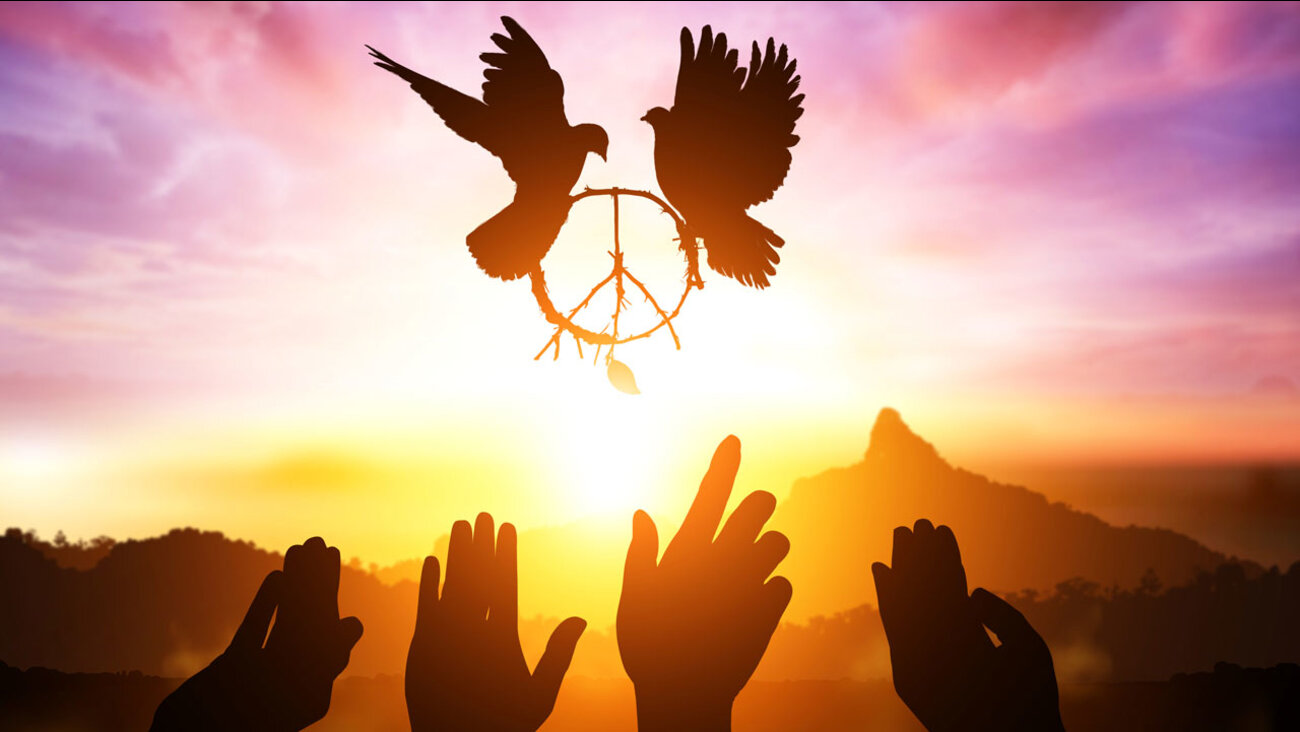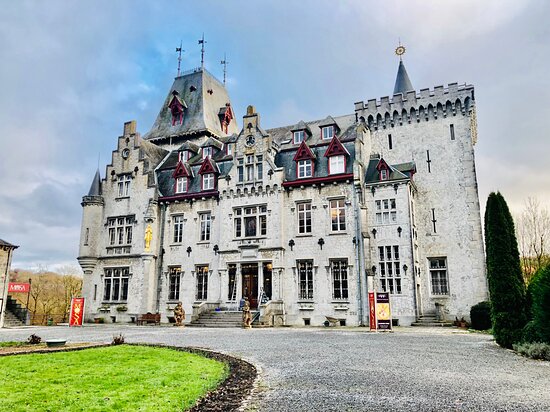"Writing with Fire" (2021), directed by Susmit Ghosh and Rintu Thomas, is a powerful documentary about Khabar Lahariya, an all-female, Dalit-run news organization in India. It follows reporters like Meera, Suneeta, and Shyamkali as they confront societal and technological challenges. In 2025, the film still deeply impressed Dutch viewers, showcasing the courage of women defying male dominance to reshape Indian journalism.
This week there was an Indian television premiere in my home country of the Netherlands, and I immediately thought I want to see it, because my writing life takes place a lot in India. I wholeheartedly want to know more and more about the history and culture of this enchantingly beautiful country. I also immediately thought it was a nice change and or pause between the sounds of Donald Trump and Volodymyr Zelensky who are currently dominating the world in a shameful way, especially in the NATO countries, in my opinion, it is only about how they can turn the world into a dictatorship the fastest. But yes, an old Dutch saying goes: "where two dogs fight over a bone, the third goes with it.
Time for a delicious Indian Film documentary?
Prior to the start of the film documentary, my wife Monique and I had no expectations at all, we want to be surprised and immerse ourselves in Indian culture, without direct expectations on our part. On the Program was the film "Writing with Fire", from the year 2021, by the directors Susmit Ghosh and Rintu Thomas. Starring some very progressive smart women who didn't turn out to be afraid, including Ren Yuanyuan, Shyamkali Devi and Etienne Bartholomeus. The documentary was broadcast on the Belgian channel VRT and is also available on the Dutch website of the streaming service "Pathé Thuis."
Did writing with fire change Indian history?
My wife and I sat expectantly on our couch in front of our television when the film started, and this film documentary has, I can already tell you, far exceeded our expectations beforehand. How wonderful it was to see the decisiveness and motivation of the female "Bolywood" stars in this film. Nice to see how the all-female staff of the news company "Khabar Lahariya", a company where there is no place for men on the staff list. The entire staff consists of "Dalit" ladies from top to bottom. Journalists Meera, Suneeta and Shyamkali face opposition, suspicion and condescension as they report on Indian news from a feminist and Dalit perspective.
Would you be able to choose between your work or your relationship?
Writing with Fire does not start directly with the start of the "Khabar Lahariya" but at a turning point in the development of the newspaper: just like all other media in the world, they must keep up with the times, and therefore also publish digitally. At that time, think especially of "YouTube." We see, among others, reporter Shyamkali, who must learn how to use a smartphone. Her work for the newspaper also caused her problems at home, her husband did not want her to work, He even stole her salary and even worse, he abused her. When Shyamkali had to choose between her husband, and her work, she chose work. Reporter Suneeta was a child worker in the mines earlier in her life, where she is now investigating the 'mining mafia' for the newspaper. This research, in my opinion, saved many lives in India at that time among the badly treated miners.
What impresses most in this Indian bestseller?
The scenes in the film that showed the bravery and courage on which the ladies stepped forward, and how they learned to deal with technology that was new to them, such as the IPhone, impressed us the most. How they came forward in the most difficult situations, and were not deterred by the dominant male culture, and then the way they mounted items on their I Phones for the publications. How they unyieldingly pushed the viewing figures of their You Tube channel up to unprecedented heights at the time.
Where else was "writing with fire" successful?
The film had its world premiere in 2021 at the Sundance film festival where it won two awards, the audience award and a special jury award in the World Cinema Documentary category. The film received enormous acclaim from various film festivals from all over the world and won many other international awards. The film was named "Critics Pick" by the New York Times, and Jason Rezaian of the Washington Post called the film "the most inspiring journalistic film ever made. In 2023, the "Peabody Award" for best documentary film was added, making the makers of this film the first from India in the 83-year history of this award. As far as we are concerned, tribute to the makers, and thank you for this beautiful insight into the beautiful Indian culture.








